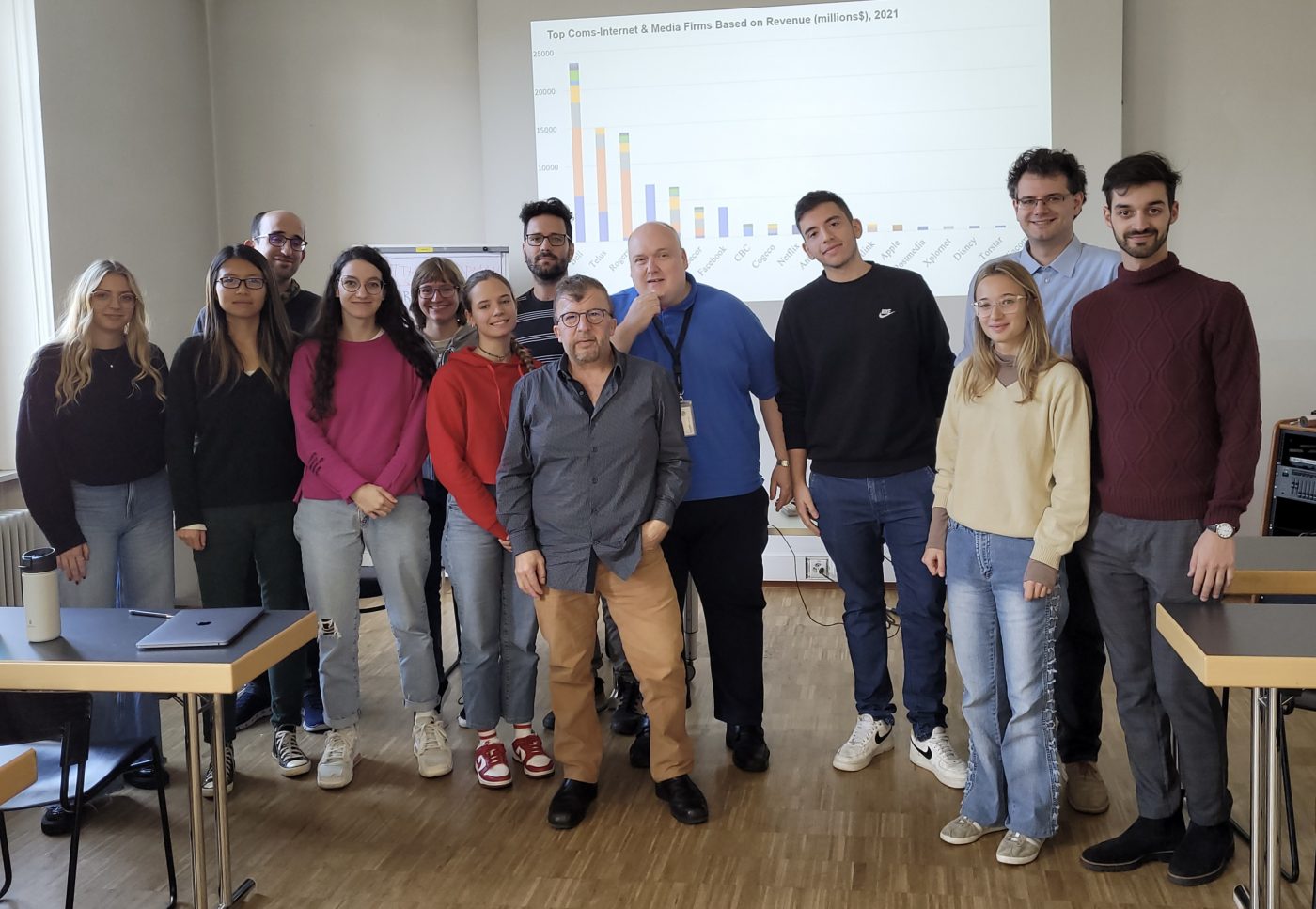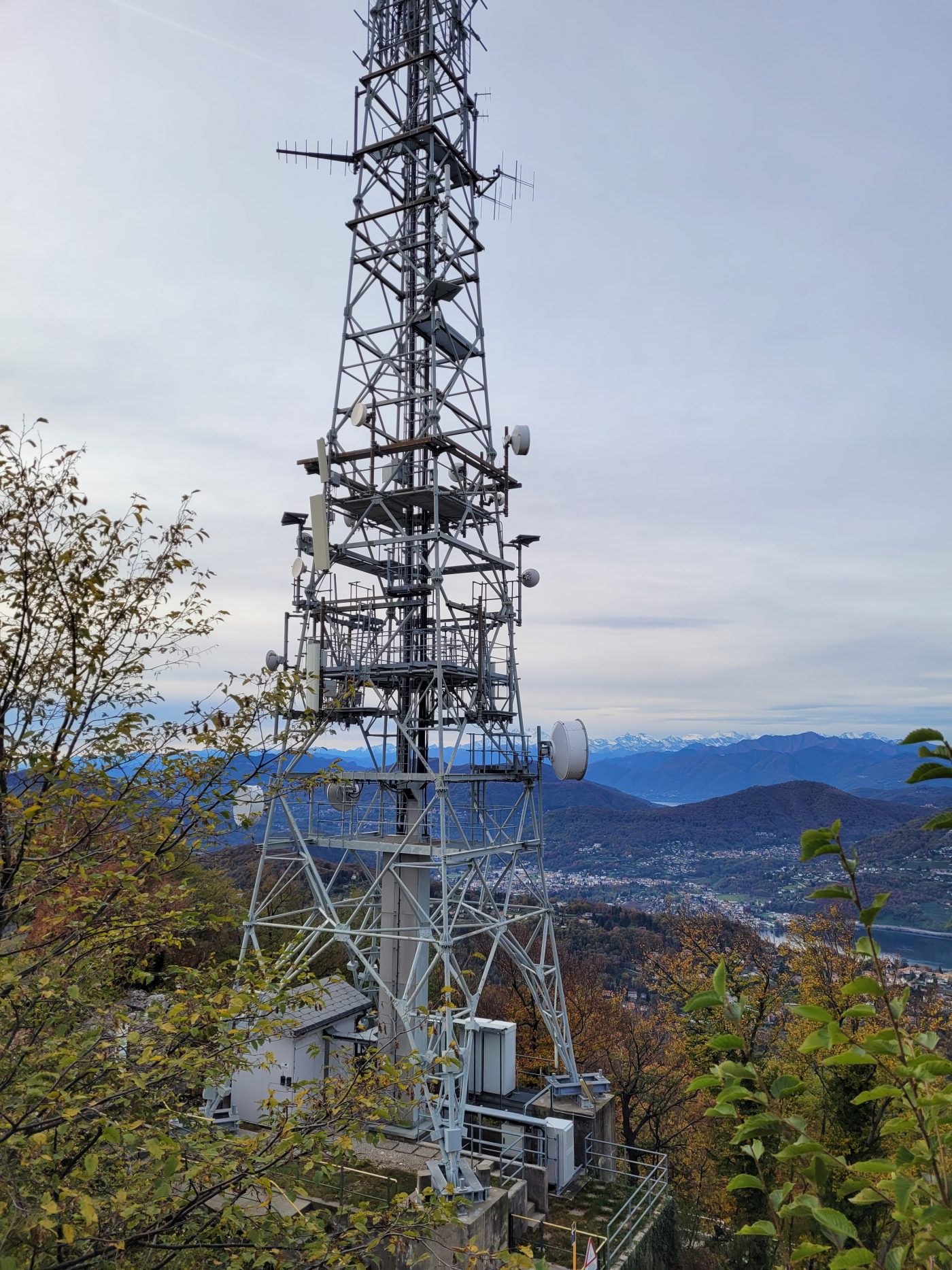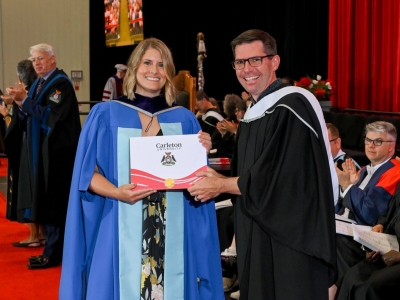Sabbatical is a unique privilege of scholarly life. Deriving from the Latin word sabbaticus, which originally meant “rest or cessation from labor or tillage,” it refers today to an academic’s year away from teaching and administration. However, for most academics, the treasured sabbatical, which occurs every seventh year, is rarely treated as a time for rest. More commonly, professors use this time away from campus to retool and reimagine their research.
This is part 2 in a 3-part series we call “Sabbatical Dispatches.” Part 1 documented Dr. Liam Young’s sojourns to Europe, the UK and the United States, where he has been writing and doing research about salt as an under-theorized “medium.” In part 2, we catch up on the activities of Dr. Dwayne Winseck, professor of communication and media studies and an established international expert on the political economy of the Internet and other media industries.
Like Young, Winseck has spent a good portion of his sabbatical in Europe, where he’s now stationed for a 6-week stint as a visiting professor at the Faculty of Communication, Culture and Society, Università Svizzera italiana (USI), in Lugano, Switzerland, building out his global media research network, writing and delivering guest lectures. Most recently, he spoke with graduate students at USI about his $2.5M grant-funded study, The Global Media and Internet Concentration Project, in which he, along with a large international network of collaborators, has been examining historical trends in global media and internet concentration.
“I’ve really been making the most of my time in Switzerland,” Winseck explained in a recent conversation with School Director Josh Greenberg. “I got to regale students with my usual stories from the trenches of the GMIC project, talking about some of our ongoing work, some key findings and the challenges of publicly engaged scholarship.”

Winseck says there is a “great deal of interest” in this project after Ely Leuthi, a USI doctoral student spent time at Carleton last year as a visiting scholar. “Ely and her supervisor, Gabriele Balbi, along with one of Dr. Balbi’s postdocs, make up the core of the Swiss team on the GMIC Project,” Winseck says. Balbi is the head of Media Studies at USI’s Institute of Media and Journalism (IMeG).

Winseck also says that his time at Lugano has been productive in re-igniting a longstanding relationship between IMeG and Carleton’s School of Journalism and Communication.
“Professor Balbi and I have remained friends and collaborators since his visit to Carleton more than a decade ago. There aren’t many media and communication scholars who appreciate and study the history of telephones, but we are two of them. From this shared interest great things have blossomed, including this visit during my sabbatical.”

Winseck has done much more than just write and give guest lectures. He also undertook an 8km hike up a nearby mountain—a trip he described as “gruelling” for its steep pitches and formidable terrain. “The hike was incredible, if painful,” he reported. “At the top was an old church dating back to the 12th century where monks had sought sanctuary. But underscoring the enduring relationship between God and communication, they’ve now co-located a cellphone tower.”
Winseck is scheduled to return to Ottawa in December at which time he’ll continue with his research until his sabbatical is over on June 30, 2023.
Thursday, December 1, 2022 in Communication News, News
Share: Twitter, Facebook



